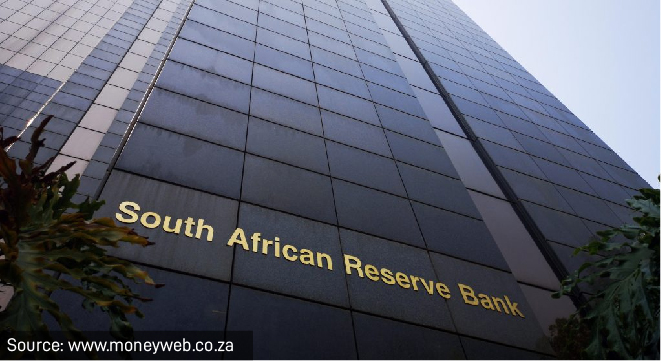By how much will inflation increase this year and, more importantly, how many rate hikes will we see as a result? Thursday’s meeting of the Monetary Policy Committee (MPC) may shed more light on the matter, but in the meantime, market analysts and commentators have weighed in.
In a presentation last week, Nedbank Corporate and Investment Banking forecast an average inflation rate of 4.4% this year and 5% in 2023. However, it says there are upside risks to this forecast, which are:
- The oil price remaining at around $85 per barrel for 12 months;
- Rising input and import costs, which are ticking up and could result in food inflation breaching 6% this year; and
- High average wage increases.
Nedbank forecasts that the SA Reserve Bank (Sarb) will raise the repo rate by 75 basis points in the next 12 months, with an upside risk of a 100bps increase. It expects the repo rate to level out at 5% in 2023.
Nedbank’s forecast is out of step with the Sarb’s Quarterly Projection Model (QPM), which indicates rate increases in each quarter of 2022, 2023 and 2024. This would result in a repo rate of 5.75% by the end of 2023 and 6.75% by the end of 2024.
It’s also out of step with the financial market (as measured by the Forward Rate Agreement), which has priced in a cumulative repo rate increase of 200bps over the next 12 months.
But Nedbank believes the market is being too hawkish, and the country’s tepid economic growth will dampen the Sarb’s willingness to increase rates.
Balancing the risks
Anchor Capital investment analyst Casey Delport agrees the market has over-estimated the extent to which rates will be hiked.
Anchor believes the Sarb will hike “carefully and incrementally”, by 25bps each, in the region of three to four hikes this year – a total of 75 to 100bps.
Delport said although the QPM remains a critical input into the overall monetary policy process, the most recent Monetary Policy Review had noted that the QPM is not equivalent to the role of the MPC, which is to assess the balance of risks in a highly uncertain environment.
Furthermore, the QPM does not directly factor in employment.
“Employment has significantly lagged the overall recovery in economic activity and could form another factor that the MPC will closely monitor in its deliberations (even though employment is not a formal policy objective of the Sarb). Thus, this should further support a gradual normalisation path,” Delport said.
Momentum forecasts 75bps hike this year
Earlier this month, Momentum Investments said in a research note that it expects the Sarb to hike interest rates three times, by a cumulative 75bps, this year and a further three times by another 75bps in 2023.
Momentum said regulated administered prices, such as electricity and water tariffs, and public sector wage increases posed a risk to the country’s inflation trajectory this year.
“A tempered rise in rental inflation and reduced increases in medical aid tariffs are likely to drive an atypical response in local inflation. We expect headline inflation to average 4.5% in 2021, 4.6% in 2022, and 4.3% in 2023,” it said.
Although international food prices have continued to increase, Momentum said it does not expect these to reflect in local prices, bringing some relief to low-income consumers. Petrol prices are also expected to moderate on the back of warmer Northern Hemisphere weather and steadying oil prices.
Nedbank lowers growth forecast to 2%
At the same presentation, Nedbank CIB said it has lowered its 2022 GDP growth forecast for South Africa from 2.4% to 2%, largely because of threats to the stability of the country’s electricity supply.
Senior research analyst Reezwana Sumad said electricity constraints had knocked 20 basis points off the bank’s forecast.
Lower commodity prices, which would result in lower net exports, and global Covid-19-related restrictions, particularly in the area of travel, had each shaved 10bps off Nedbank’s forecast.
Its forecast was slightly above those of the Sarb and National Treasury, both of which project growth of 1.7%, while the IMF’s growth forecast for South Africa is 2.2%.
Nedbank expects GDP to revert to 2019 levels by the middle of this year, although, excluding the agricultural sector, the recovery would not be uniform across the economy, with sectors such as manufacturing taking longer to reach pre-pandemic levels.
More than 2 million jobs were lost over two years, mainly in the secondary sector of the economy. Nedbank believes it may take two to three years for employment levels to reach pre-pandemic levels. In the absence of structural reforms, unemployment will remain above 30%.



